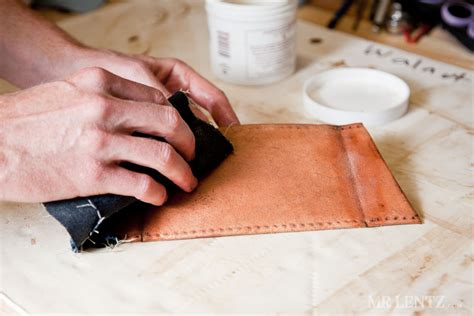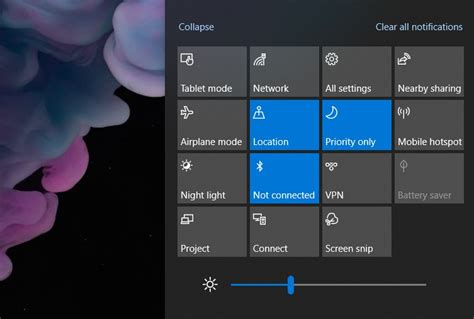Your everyday carry (EDC) gear isn’t just a collection of items; it’s a carefully curated set of tools that support your daily life, offer preparedness, and reflect your personal style. From your reliable knife to your essential flashlight and wallet, each piece represents an investment in functionality and peace of mind. Maximizing the lifespan of these crucial items not only saves you money but also ensures they’re ready when you need them most.
The Foundation: General Principles of Gear Care
Prolonging the life of your EDC begins with a few fundamental practices that apply across the board, regardless of the specific item.
- Regular Cleaning is Key: Dirt, dust, lint, and grime are the silent killers of many EDC items. They can abrade finishes, clog mechanisms, and foster corrosion. Make it a habit to wipe down your gear regularly with a soft cloth. For more intricate items, use compressed air or a fine brush to remove debris from crevices.
- Proper Storage Prevents Wear: When not in use, how you store your EDC matters. Avoid tossing items haphazardly into a drawer where they can scratch each other. Instead, consider dedicated pockets in a tray, a small organizer pouch, or even individual sleeves for more delicate items. Protect them from extreme temperatures, humidity, and direct sunlight, which can degrade materials over time.

- Understand Your Materials: Different materials require different care. Leather needs conditioning, metals need rust protection, and synthetic fabrics benefit from occasional spot cleaning. Knowing what your gear is made of will guide your maintenance choices.
- Preventative Maintenance Saves Repairs: Don’t wait for something to break or perform poorly. Lubricate moving parts on knives and multi-tools, check flashlight O-rings, and inspect stitching on wallets and bags periodically. A little proactive care goes a long way.
Tailored Care for Common EDC Items
While general principles are vital, some EDC categories demand specific attention.
Knives and Multi-tools
These often feature moving parts and sharp edges.
- Cleaning: After use, especially if exposed to moisture or debris, clean the blade and handle. Warm soapy water can work for most, followed by a thorough drying.
- Lubrication: Apply a drop of appropriate lubricant (e.g., mineral oil, specific knife oil) to pivots and moving parts to ensure smooth operation and prevent rust.
- Sharpening: A dull blade is a dangerous blade. Maintain a sharp edge with regular honing or sharpening, but don’t overdo it, as this removes material.
- Rust Prevention: For carbon steel, oiling the blade can prevent rust. Stainless steel is more resistant but not impervious.

Flashlights
The heart of a good flashlight is its battery and seal.
- Battery Management: Use quality batteries. Remove them if the light won’t be used for an extended period to prevent leakage. If rechargeable, follow manufacturer guidelines for charging cycles.
- O-Ring Maintenance: The O-rings are crucial for water resistance. Periodically inspect them for cracks or dryness. A light coating of silicone grease can keep them supple.
- Lens Cleaning: Keep the lens clean with a soft cloth and, if necessary, a gentle lens cleaner to ensure maximum light output.

Wallets and Bags
These carry your essentials and endure daily friction.
- Material-Specific Cleaning: For leather, use a damp cloth for surface dirt and a leather conditioner to prevent drying and cracking. For synthetic fabrics, spot clean with mild soap and water.
- Avoid Overstuffing: Overloading wallets and bags stresses seams and materials, leading to premature wear and tear.
- Stitch Inspection: Periodically check for loose threads or failing seams and address them promptly.

Pens and Writing Instruments
- Refill Changes: Use high-quality refills appropriate for your pen.
- Tip Protection: Avoid dropping pens, especially those with fine tips or intricate mechanisms.
- Cleaning: Wipe down the barrel and clip regularly.
Electronics (Power Banks, Small Gadgets)
- Protective Cases: Use cases or sleeves to guard against drops and scratches.
- Charging Habits: Avoid overcharging or completely draining lithium-ion batteries frequently. Follow the 20-80% rule where possible.
- Port Protection: Keep charging ports clean and free of lint with compressed air.

Establishing a Maintenance Routine
The best tips are useless without consistent application. Consider setting up a simple maintenance routine:
- Daily: A quick visual inspection and wipe-down of heavily used items.
- Weekly/Bi-weekly: More thorough cleaning, checking specific mechanisms (knives, flashlights).
- Monthly/Quarterly: Deep cleaning, lubrication, battery checks, and material conditioning.
Conclusion
Your EDC gear is an extension of yourself and a testament to preparedness. By adopting a proactive approach to cleaning, maintenance, and mindful use, you not only ensure the longevity and reliability of your items but also deepen your appreciation for the tools that serve you every day. A well-maintained piece of gear isn’t just functional; it’s a reliable companion, ready for whatever the day may bring.




